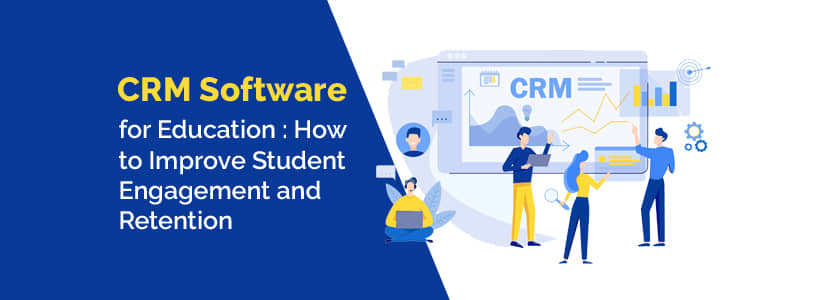In today's competitive educational landscape, institutions are constantly seeking ways to enhance student engagement and retention. Customer Relationship Management (CRM) Software, traditionally used in sales and marketing, has emerged as a powerful tool for educational institutions to achieve these goals.
By implementing a robust CRM system, educational institutions can:
- Centralize Student Data: A centralized database allows for easy access to comprehensive student information, including academic records, demographics, communication preferences, and engagement history. This holistic view empowers educators to understand individual student needs and tailor their interactions accordingly.
- Personalize Communication: CRM systems enable personalized communication channels, such as targeted emails, SMS notifications, and personalized online portals. This fosters a stronger sense of community and keeps students informed about relevant events, deadlines, and academic progress.
- Track Student Engagement: By monitoring student interactions with the institution (e.g., website visits, course enrollments, attendance records), CRM systems provide valuable insights into student engagement levels. This data can be used to identify at-risk students and proactively intervene to address their concerns.
- Improve Student Support: CRM systems can streamline administrative tasks, such as admissions processing, financial aid management, and student support services. This frees up valuable time for faculty and staff to focus on building meaningful relationships with students and providing personalized academic guidance.
- Enhance Alumni Relations: CRM systems can be used to nurture relationships with alumni by tracking their career paths, organizing alumni events, and facilitating mentorship opportunities. Strong alumni engagement can enhance the institution's reputation and provide valuable financial and social support.
By leveraging the power of CRM software, educational institutions can create a more personalized and supportive learning environment, leading to increased student satisfaction, improved academic outcomes, and stronger long-term relationships with their students.
